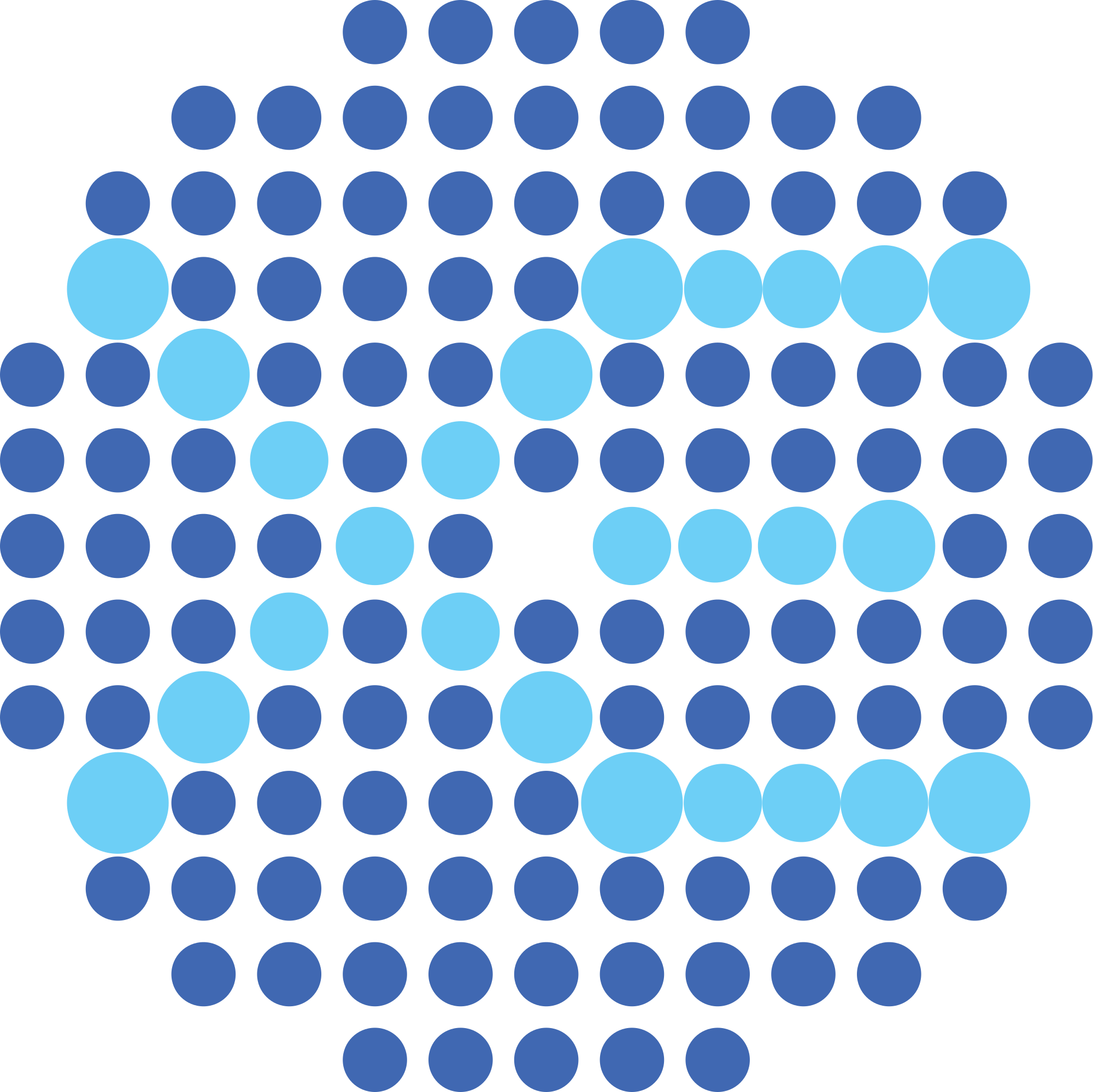XENON1T recently released a preprint with new world-leading constraints on light dark matter particles.
The challenge of light dark matter
The XENON1T detector aims find the signals of dark matter bouncing off xenon atoms.
If such a collision happens, it produces two signals: a small light flash (S1), and a cloud of free electrons that can be drifted up and extracted out of the detector (S2).
Figure: How dark matter would make S1 and S2 signals in the XENON1T detector.
However, dark matter lighter than about six times the proton mass (6 GeV/c^2) cannot push the heavy xenon atoms (131 GeV/c^2) enough to make efficiently detectable S1s. XENON1T needs both S1 and S2 to accurately reconstruct where in the detector the event happened. The time between the S1 and S2 signals reveals the depth of the event. Events at the top and bottom edge of the detector are common due to radioactive backgrounds. If we cannot reject these events, dark matter searches will not be efficient. Thus, most strong constraints on light dark matter have, until now, come from different detectors, mostly using ultra-low temperature crystals made of Germanium, Silicone, or Calcium Tungstate.
The S2-only technique
XENON1T’s new preprints use an “S2-only analysis”, where events without S1s are still considered. Advances in detector construction and analysis techniques led to a thousand times lower background level than previously achieved in S2-only searches.
For example, the S2 electron cloud becomes broader as it drifts upward, like a drop of ink spreading out in water. The deeper the event, the broader the cloud, and the longer the S2 signal lasts. Thus XENON1T could reject most of the events at the top and bottom, even without the S1, by rejecting very short and very long S2 signals.
The results
Most theorists predict that dark matter would collide with the heavy xenon nuclei and produce “nuclear recoils”. For these, the S2-only technique is sensitive to 2-3x lower energies than traditional analyses. Thus, we get improved constraints on light dark matter:
Figure: New XENON1T limits (black lines) on light dark matter. The colored lines show previous results, including other results from XENON1T in blue.
In some models, dark matter collides with electrons around the nucleus, and produces “electronic recoils”. These make much larger S2 signals than nuclear recoils of the same S1 size. S2-only searches thus improve the energy threshold for these models by as much as a factor of ten. Combined with the lower background, XENON1T’s S2-only results thus improve the constraints on such models by several orders of magnitude:
Figure: New XENON1T limits on scattering of dark matter on electrons. (The dashed line is the same analysis repeated with more conservative assumptions.)
For more information, please see our arXiv preprint at https://arxiv.org/abs/1907.11485.



